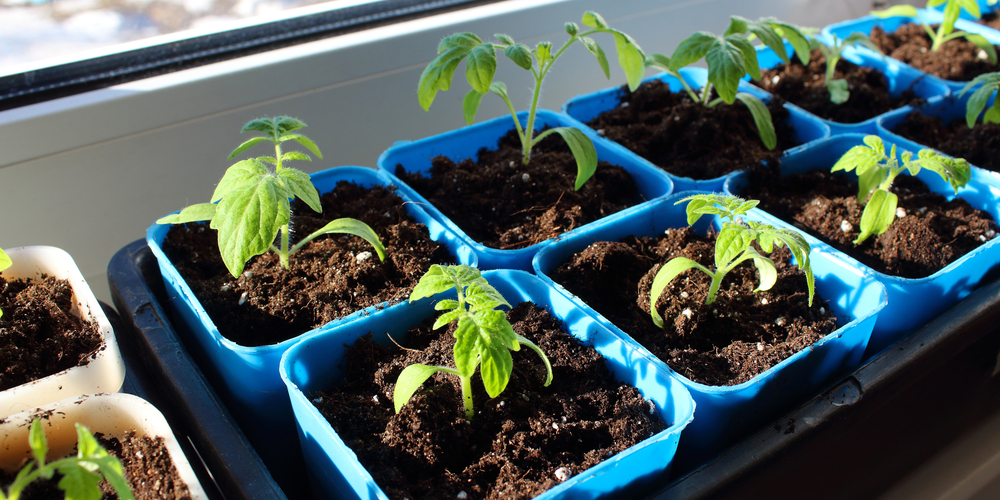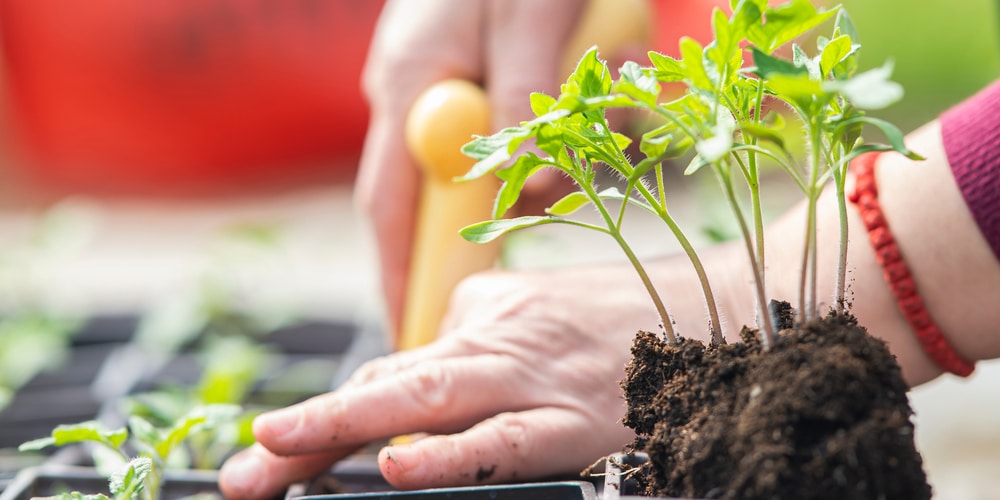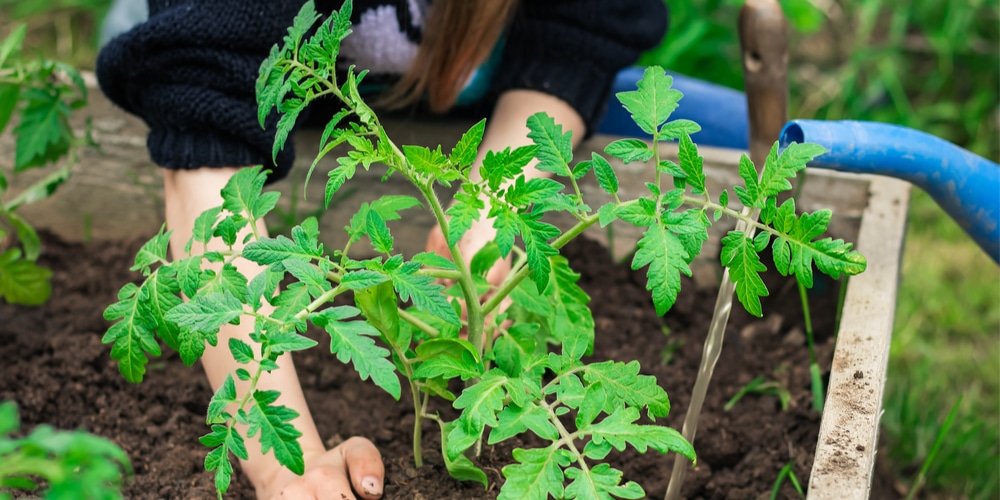Tomatoes are versatile fruits you can use for various dishes in the kitchen: from fresh salads to healthy sandwiches (or delicious bruschettas), you can even do your sauces with them. Now imagine growing tomatoes in your garden and getting a constant supply of these fruits (which most of us consider vegetables). Does that sound like fun? You are right: it is!
Growing tomatoes can be extremely satisfying if you know how to do it properly. Some people buy seedlings, but planting your tomatoes from seeds is an exciting journey you should participate. It isn’t as challenging as you may think! Just provide them with what they need to develop into plants, and you won’t encounter issues growing tomatoes.
Besides knowing when to plant your tomato plants seeds and how to care for them, knowing when to move tomato seedlings outside is a crucial step to ensure plenty of harvest during the growing season. And if you don’t know how to recognize the appropriate time, don’t worry: you’ve landed in the right place.
Here, we’ll go through everything you must know about caring for your tomato plants, from seeds to harvest. Jump to the following sections to learn all our tips!
From Seeds to Seedlings
Seeing growth coming out from the seeds you planted can be super satisfying: it means all of your efforts were worthwhile! However, transplanting your seeds outdoors too early can be frustrating.
After all, your seeds developed under optimal conditions, without exposure to harsh winds or changing temperatures. And transplanting your seedlings outside might stress them so much that they won’t produce fruits.
Moving them outside should be a gradual process to allow your seedlings to adjust to the external environment. Indeed, even if you don’t realize it, the conditions in the outside world can be harsh for your tomato plants.
You can move your tomatoes to the garden, a five-gallon bucket, or even the kiddie pool!
Too much sunlight might burn them (but too little can halt their growth), strong winds can dry their soil fast, and bugs and other pests won’t hesitate to attack your tender plants. Familiarizing your tomato seedling with the conditions they will meet outside is crucial. The process, known as hardening, is intuitive. Read on to learn our tips to make the most out of it!
Hardening your Seedlings
To begin with, you should only transfer your plant from the indoors to your garden when it is about four to five inches tall. Plus, the outside temperature should be above 55F without dropping at night. As a rule of thumb, the warmer the soil, the better for your tomatoes.
Usually, the hardening process takes about ten days. It consists of acclimating your seedlings before planting them in your yard permanently. It should start when your seedlings reach the suitable size (and the weather conditions are ideal), about four to five inches tall.
Find a place under partial shade and with protection from the wind. Consider getting a shade cloth to wrap around your plants if you don’t find a suitable spot in your yard. Leave your seedlings outside under such conditions for only two hours the first day and bring them back inside when the time is over. Add one hour each day and slowly increase the amount of sun they get every day by moving them one inch away from the shade.
After five to seven days of following this routine, you should get to a point where your seedlings are strong enough not to struggle at night. Leave your seedlings overnight for the other five days. If the weather changes suddenly, move them back inside to avoid damaging them.
How to Move Tomato Seedlings from a Container To Your Garden
If you start your tomato seeds indoors, you will have to prepare the soil in your yard to welcome your plants. Prepare the substrate about a week before transplanting. Do so as soon as you start the hardening process for the best results. Don’t forget to select a location that receives plenty of sunshine during the day to grow healthy tomatoes.
The soil should be slightly acidic (the optimal pH range is 5.5 to 6.5). Test it with a kit to make the necessary amendments to recreate the ideal growing conditions for your tomatoes.
Loosen the soil and add some compost to improve the nutrient content. Adequately space your tomato plants before adding them to the ground to prevent them from competing for nutrients and moisture. Make sure to plant your tomatoes 6 to 10 inches deep.
Consider adding some fertilizer to improve the growing conditions for your plants.
When to Move Tomato Seedlings Outside: Final thoughts
Don’t forget to move your tomato seedlings outside when the temperatures are optimal and after the hardening process. Check your local weather conditions to avoid exposing your plants to excessive cold.


